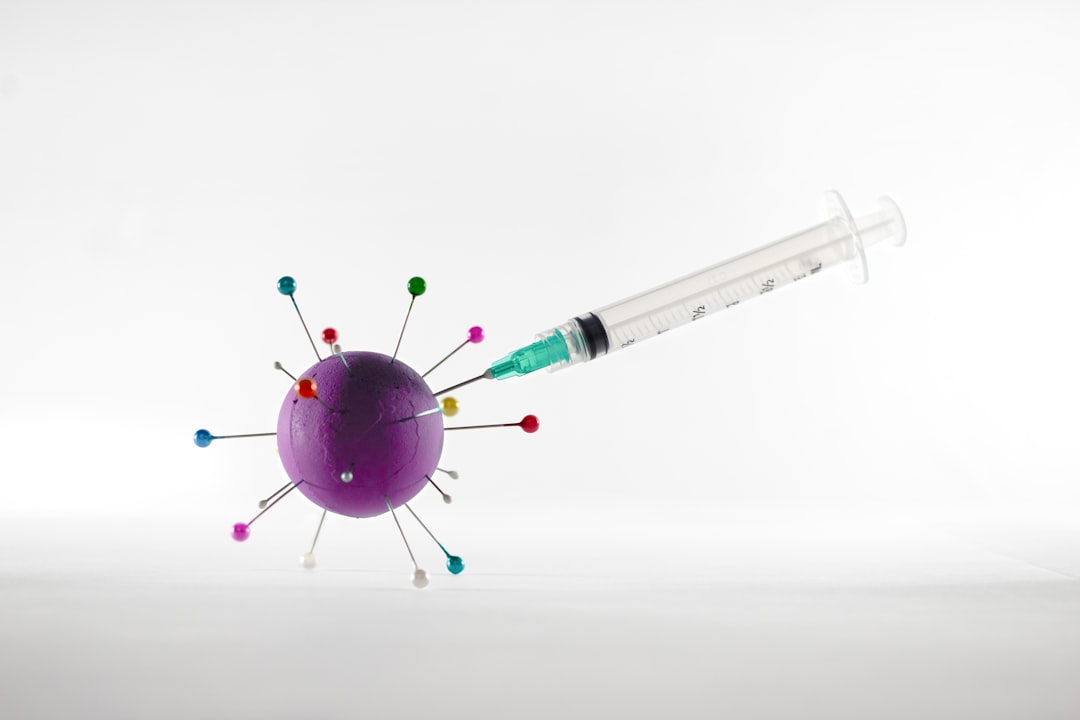What is it about?
When bone is lost due to trauma, congenital defects, or surgical resection, the gold standard for restoration remains to graft one's bone. However, there are significant limitations to self-bone grafting, including patient suffering (pain), risk of infection, and restriction on the amount of bone that can be isolated. Numerous natural and synthetic biomaterials have been developed as bone substitutes. However, the process of bone formation in these engineered materials has a drawback in that the graft is prone to lack of blood flow after implantation because of the lack of a vascular-inducing step. Thus, bone therapy using conventionally engineered materials is not optimal for treating large bone defects. Strategies that mimic the natural process of skeletal formation during embryonic development may help overcome this challenge. Most developing bones undergo a process in which cartilage is first formed as a template and then replaced by bone. Notably, cartilage cells release factors that attract blood vessels from the outside (vascular endothelial growth factor, VEGF). Consequently, vascular-free cartilage can be transformed into vascular-rich bone. By mimicking this process in experimental animal models, many studies have demonstrated that artificial cartilage derived from human stem cells can generate bone in vivo. The key to the clinical application of this cartilage-to-bone approach is the artificial creation of the necessary amount of cartilage. Hydrogels appear to be an attractive tool for scaling up tissue-engineered grafts. Many naturally occurring hydrogels support cartilage formation from stem cells in vitro, and bone formation from cartilage in vivo; however, the optimal biomaterial to meet the needs of clinical applications remains undetermined. Hyaluronic acid (HA), an essential component of the cartilage extracellular matrix, is a biodegradable and biocompatible polysaccharide that supports cartilage differentiation. We showed that HA hydrogel is an excellent biomaterial for creating artificial cartilage grafts that allow for bone formation using the cartilage-to-bone approach.
Featured Image

Photo by Ignat Dolomanov on Unsplash
Why is it important?
Preparing a single cartilage block to fit an actual bone defect is impractical. Therefore, if multiple grafts fuse to form a single bone after implantation, the cartilage-to-bone approach can be extended to more clinically relevant bone defects. When multiple stem cell-based and scaffold-free hypertrophic cartilages are applied to a single bone defect, the cartilage grafts are integrated with the bone defect. However, adjacent grafts did not integrate. Therefore, it is necessary to produce cartilage grafts that, after implantation, fuse from several smaller pieces to form a unified bone. We showed that HA hydrogels support the creation of uniform, high-quality cartilage in vitro and have excellent properties for forming integrated bone from multiple cartilage grafts in vivo.
Perspectives
Much can be learned about tissue regeneration from natural materials and living organisms. Several studies have shown that strategies that mimic the natural processes of skeletal formation during embryonic development are suitable for bone regeneration. This study indicates that hyaluronic acid, which is abundant in cartilage, is an effective biomaterial for this strategy. It is expected to activate adult wound-healing mechanisms, including inflammation, to improve this strategy further for developing bone therapies. To this end, there is much to learn from the high regenerative potential of tailed amphibians.
Masa-Aki IKEDA
Tokyo Medical and Dental University
Read the Original
This page is a summary of: Hyaluronic acid hydrogels support to generate integrated bone formation through endochondral ossification in vivo using mesenchymal stem cells, PLoS ONE, February 2023, PLOS,
DOI: 10.1371/journal.pone.0281345.
You can read the full text:
Contributors
The following have contributed to this page










